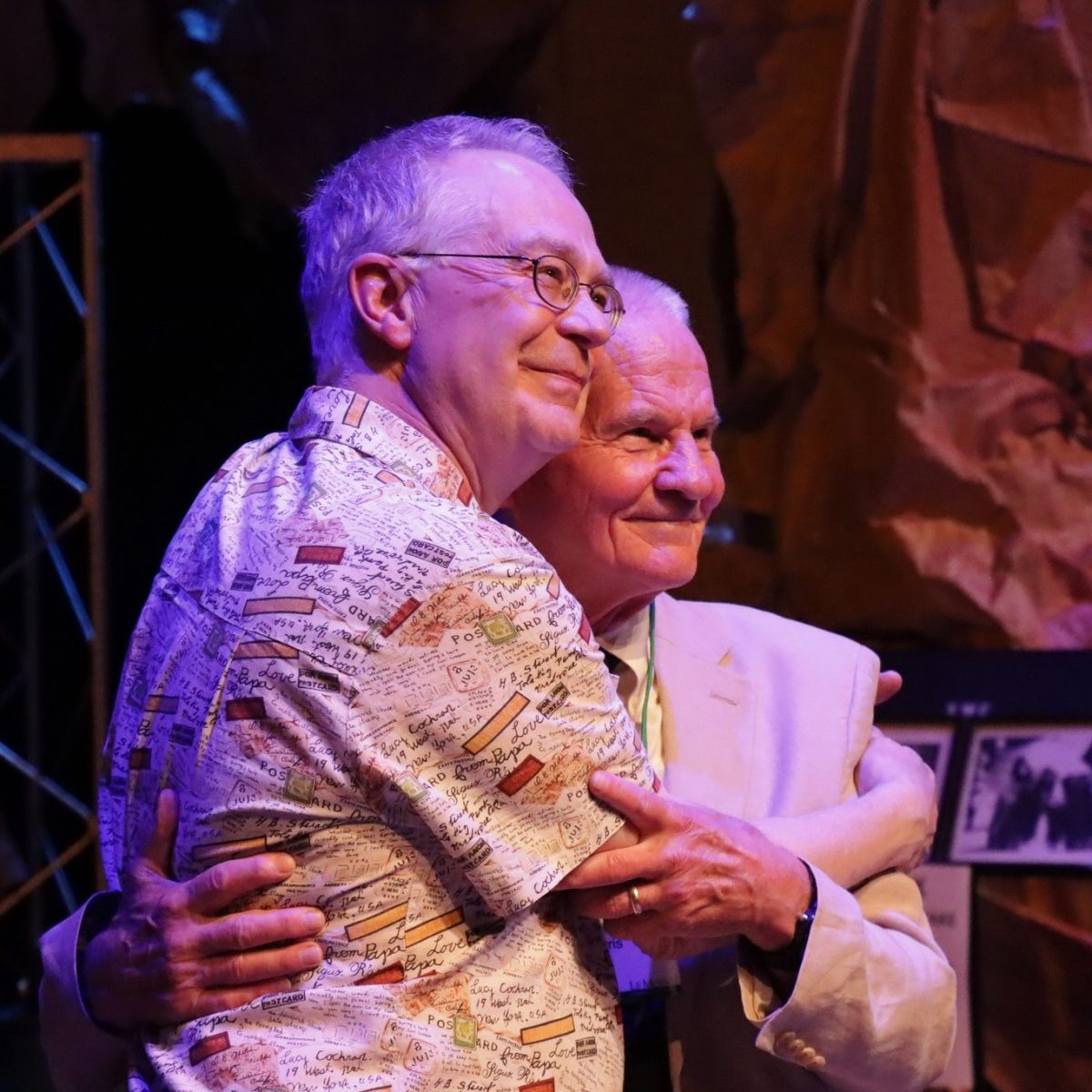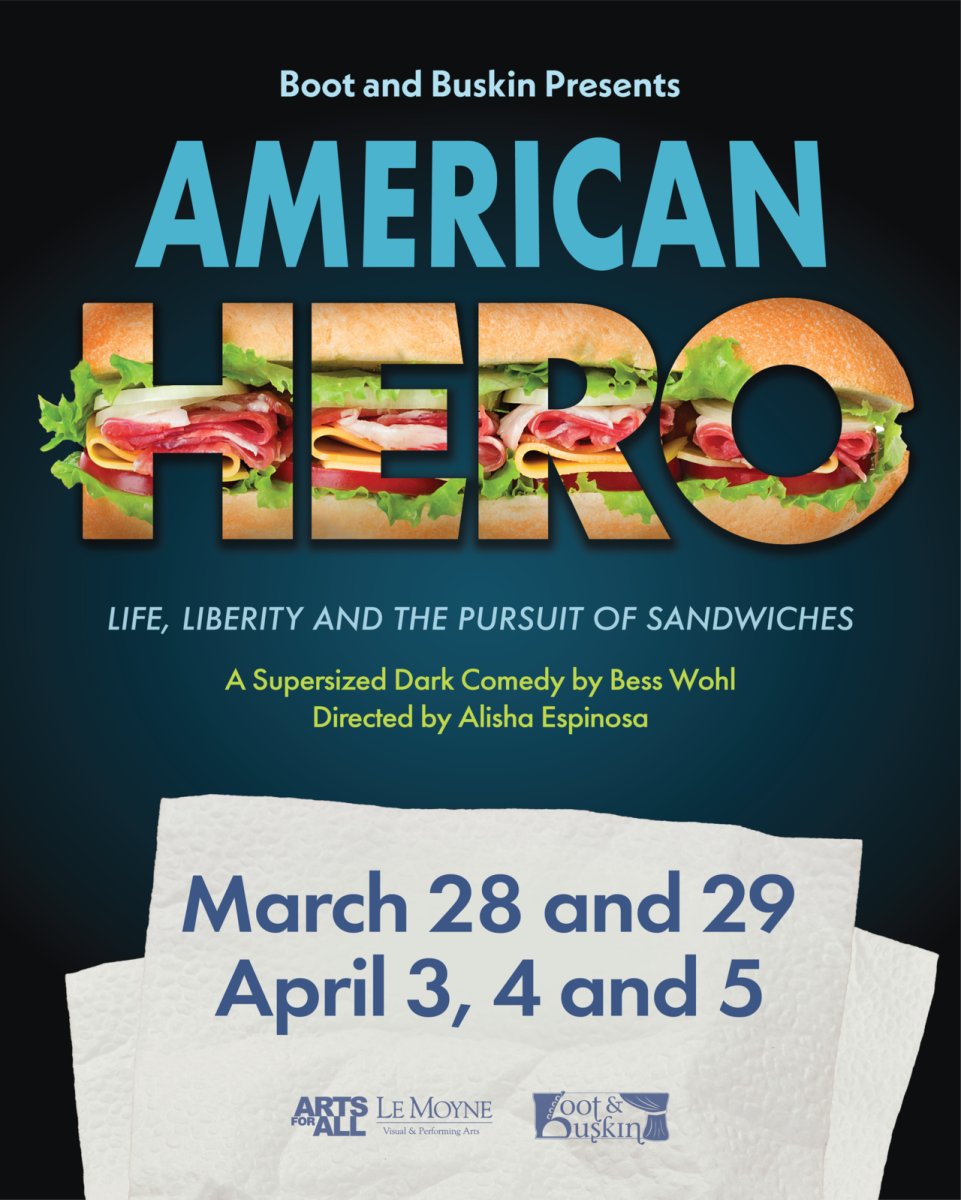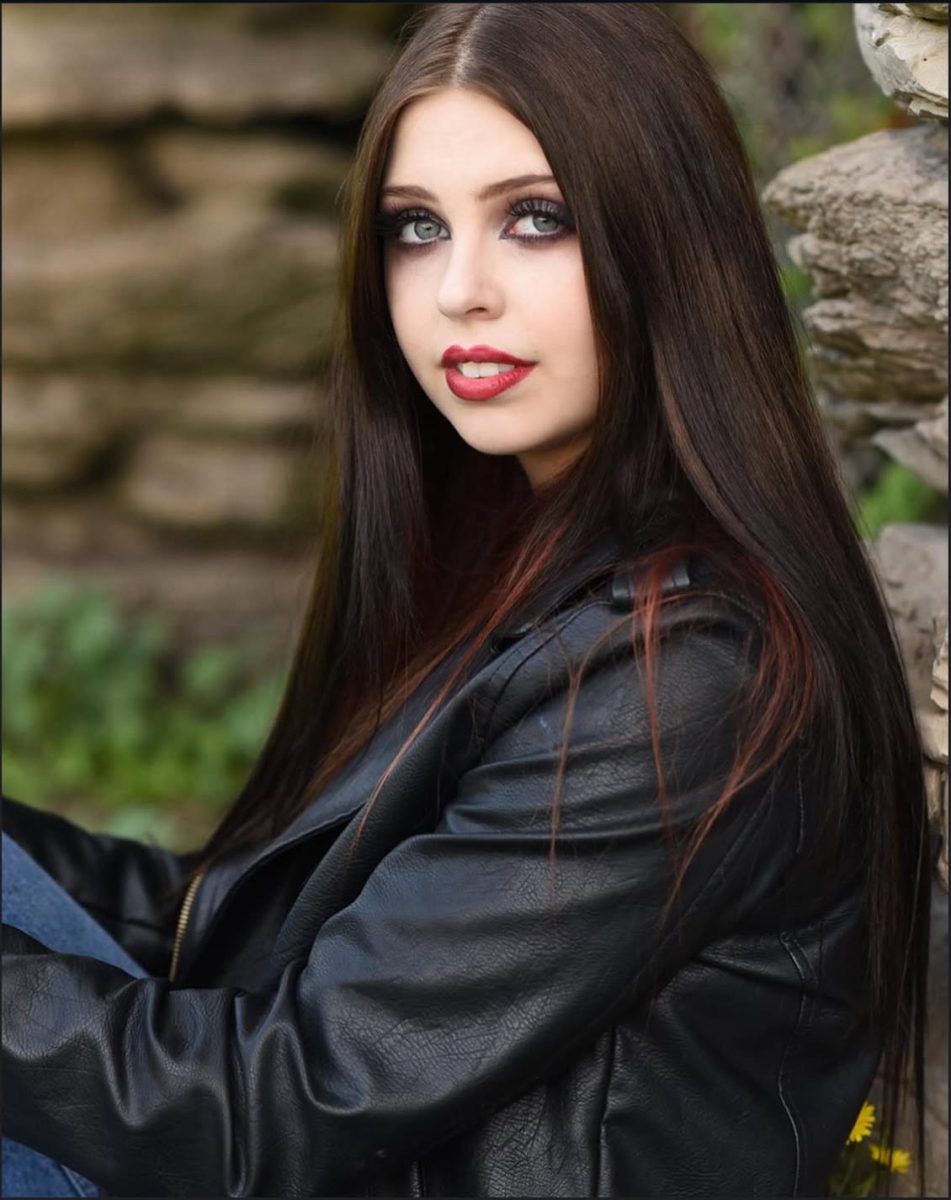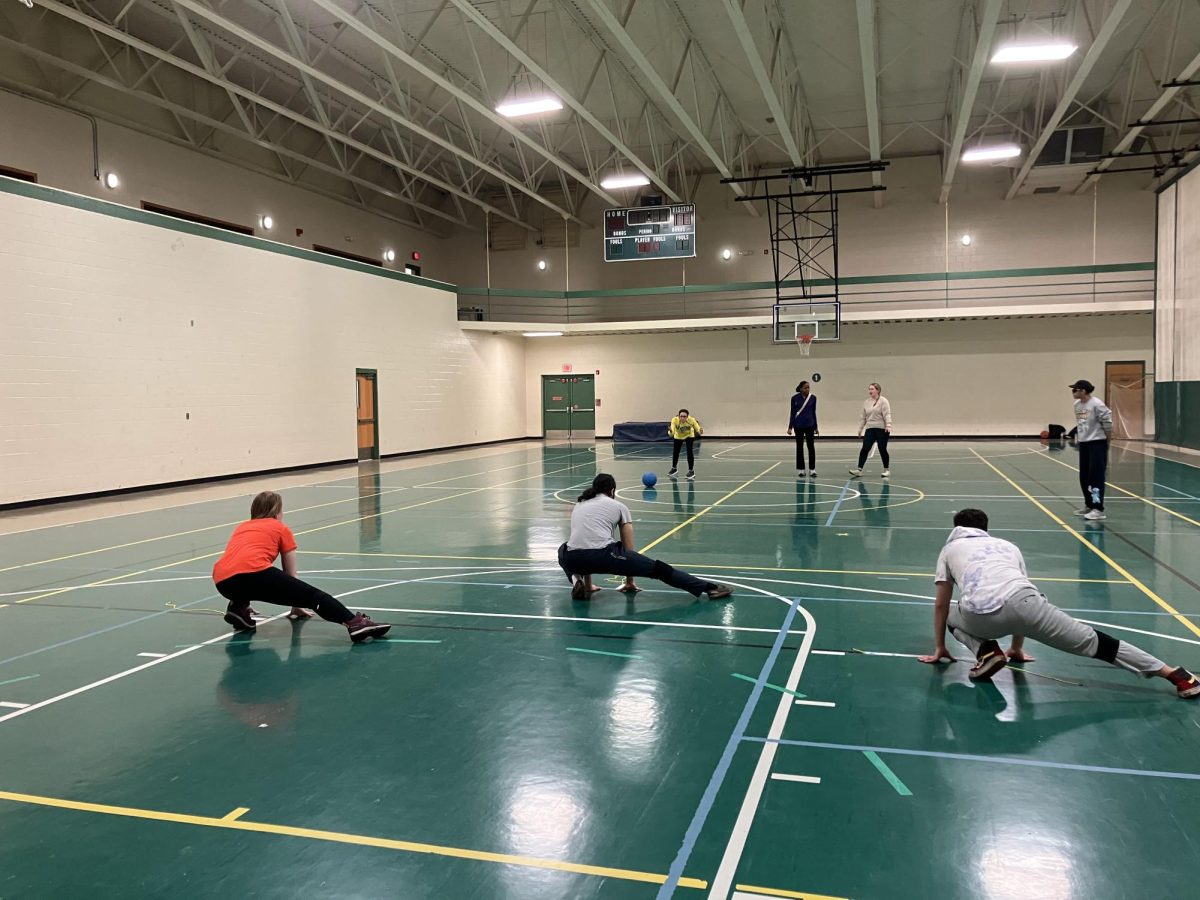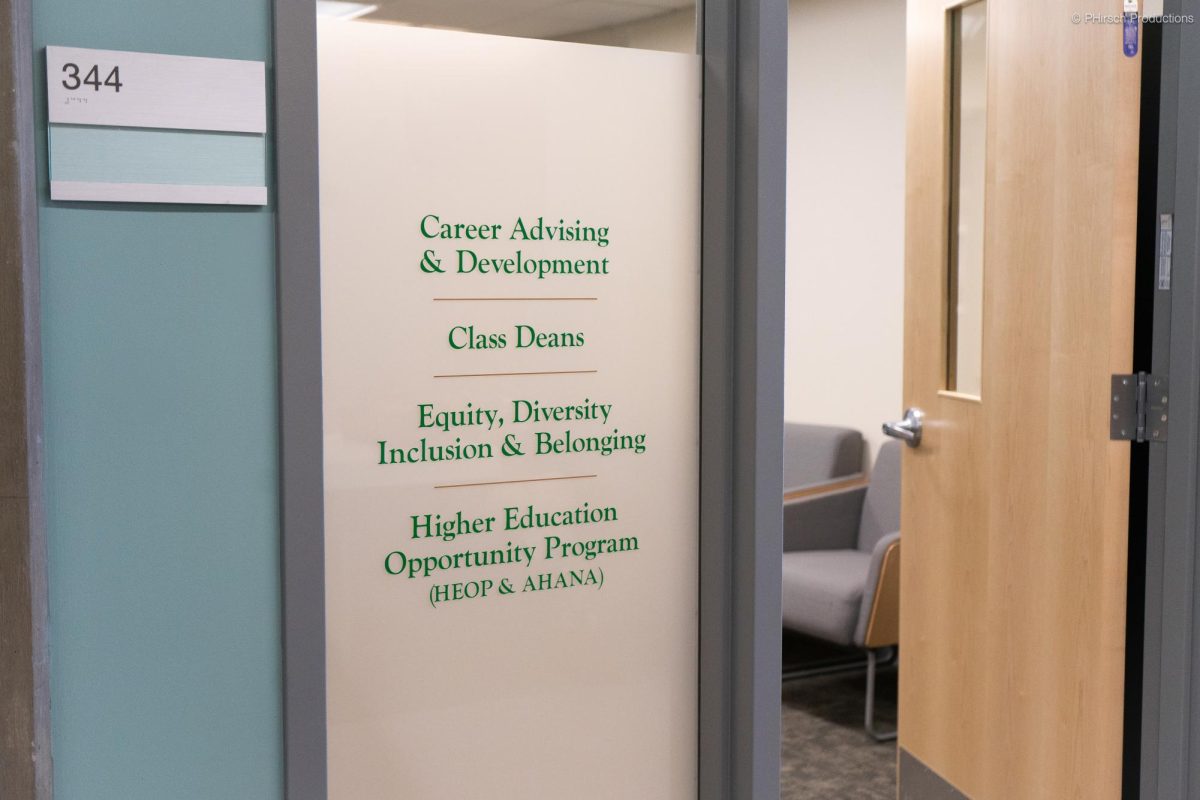Editor’s Note:
I had the privilege of interviewing KB in 2022 in anticipation of his then upcoming retirement, and although I did not know him well, KB’s passion, respect, and warmness left a distinct impression on me. In light of his death on the evening of Feb. 18th, I felt it appropriate to publish this article online, both for those of us who had the privilege of knowing him, as well as those who never got the opportunity.
KB has had a long-lasting impact on the VPA program and theater department here at Le Moyne, having not only served for 38 years as resident scene designer and Associate Professor at the PAC, but also as a guiding light to students and faculty alike. I extend my deepest condolences to his friends, family, and former students, as he has touched the hearts of many in a profound way.
This article was originally published in December of 2022.
Most students are eager to get out of school and enter the “real world,” but not professor Karel Blakeley — he has been a student as long as he can remember. But now, after thirty-eight years of technical stage design at Le Moyne College, he is preparing to take his final bow.
Professor Blakely, who prefers to be referred to as KB, never intended to spend his life in education or theater, although it is where he spent many of his early years.
He grew up in Ohio, where his father directed shows, taught scenery, and designed costumes for local schools. As such, KB was cast in the shows his father was involved in, often filling the roles meant for young boys. He didn’t take acting seriously until high school and college, though, and despite his love for the craft, he feared he didn’t have the tenacity. He realized that acting was a “tough row to hoe,” meaning that theater performance was a difficult industry to succeed in, and decided that it wasn’t meant for him.
This would all change when he spent his junior year in Florence, Italy, and met a group of students there who convened once a week to play theater games and slowly work on a show. Until then, he had been rather “unhappy,” and it was at this moment that he realized that theater was something he couldn’t live without. Upon returning to the United States, he switched his major to theater.
“It’s not your theater, it’s not my theater, it’s our theater,” a college professor once told him, and to KB, it was a sort of epiphany — “that has always been my draw to it,” he said fondly.
He graduated from Lake Erie College with a Bachelors in Theater and went on to graduate school at Syracuse University, earning a Masters in Scenic and Lighting Design. Soon after, he would work on his first show at Le Moyne in 1983, Glass Menagerie. The following year, he was hired as a technical director and designer by director Bill Morris, who would later become VPA department chair. At this point, Le Moyne didn’t even have a theater major or a Performing Arts Center yet, and all productions were put on in the small firehouse across the road from the main campus.
The firehouse as a space was difficult for KB, who used the analogy of a crucible as used in chemistry: a small, confined container where materials were heated up. The firehouse was small compared to most theaters, but that didn’t mean it was inherently bad, just different. He described it as “a delight,” but also, “a challenge and frustration.” Given that the space was so limited, building a set and designing lights proved to be a task not for the faint of heart, but KB always rose to the challenge, and enjoyed doing so.
The first show he worked on in the firehouse as a staff member was Shakespeare’s Twelfth Night, but, when asked about his favorite show experiences, he spoke about Our Country’s Good, by Timberlake Wertenbaker, which Le Moyne performed in the 90s. The play is about a group of convicts on a ship who put on a play at the suggestion of the marine officers in charge of them.
“It’s very cinematic in the way it’s written,” KB described, “it’s very beautiful, about the redemptive power of theater and arts.”
At the play’s conclusion, the convicts succeed in their theater production, and it changes the course of their lives for the better; the exact thing KB himself believes in. At the time, he had been studying an integral form of design called “action design,” where the scenery and stage environment contributes to the audience’s understanding of the show. Just as characters endure development and the plot creates impactful meaning, the set itself evolves almost as its own performer.
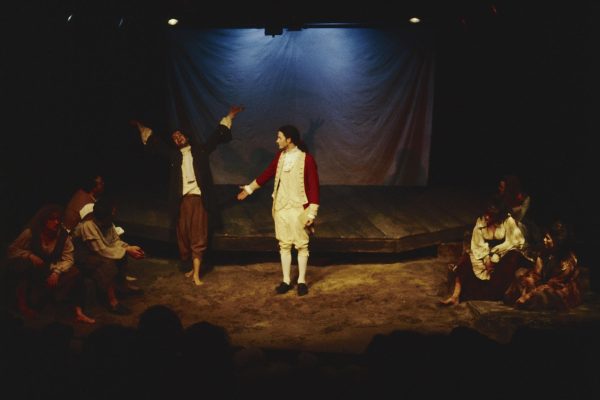
For this show, he created a raised platform covered in sand with a wood platform in the shape of a wedge. Rocks outlined the sandy platform and were scattered about the area. There was a piece of fabric upstage in front of a black drape, and the fabric changed as the show did, acting as the sky or a tent, a sail, or a projection screen.
“It was so much fun because it all worked so beautifully,” he recalled. A set such as this worked especially well in the smaller firehouse space; the “crucible” served its purpose.
But just as actors, plots and even sets may evolve, so too did theater at Le Moyne. At the turn of the century, a theater major was added, the W. Carroll Coyne Center for the Performing Arts Center (the PAC) was built, and KB became a professor in the department of performing arts and began teaching classes. When Bill Morris later retired, KB would become VPA department chair.
When asked about his favorite aspects of working with students, he said: “We learn and discover together, I love that,” and that as a professor he shifted to have an attitude of always learning, advising his students to “never stop learning,” and that “we are students in the world!”
To KB, theater is a special sort of art that fosters a unique type of curiosity and creativity, and he cites one of his favorite aspects of being a professor in how “each student contributes [to] and takes ownership,” of their projects. It all ties into the idea of theater as a community, and he always felt honored not only to be a professor and teach, but also to work alongside students, feeling that he was just as much of a student as they were.
“I’ve been in school all my life, and I’m finally gonna graduate… but I wouldn’t trade it at all, I love education,” he said, despite not having originally set out to be a professor. He also admitted that “it’s been quite a challenging semester, and a challenging year,” having known for the past year that this would be his last at Le Moyne. He is going to miss collaborating with students and colleagues, creating that world on the stage, and being in the classroom, he said.
When asked if he had any advice for his students before he left, KB had this to say: “Working in the theater here — and in other places, and even in people’s lives — the two words that contribute to success are ‘communication and collaboration’. If you communicate clearly with others, don’t take anything for granted, and make sure everyone’s on the same page, that will contribute to your success. And then collaboration, always working with others, empowering others. When you collaborate and everyone’s working together, that’s when you’re really successful.”
He also stressed the importance of not pigeon-holing oneself and being open to new opportunities; “don’t let anybody label you,” he warned, “which is very easy to do.”
KB will retire after this fall semester; The Madwoman of Chaillot is his last production here at Le Moyne. Though he is not quite sure what he will get up to after he leaves, one thing will be certain — he will never stop learning, because according to him, “when you stop learning and think you know it all, that’s when there’s trouble.”

